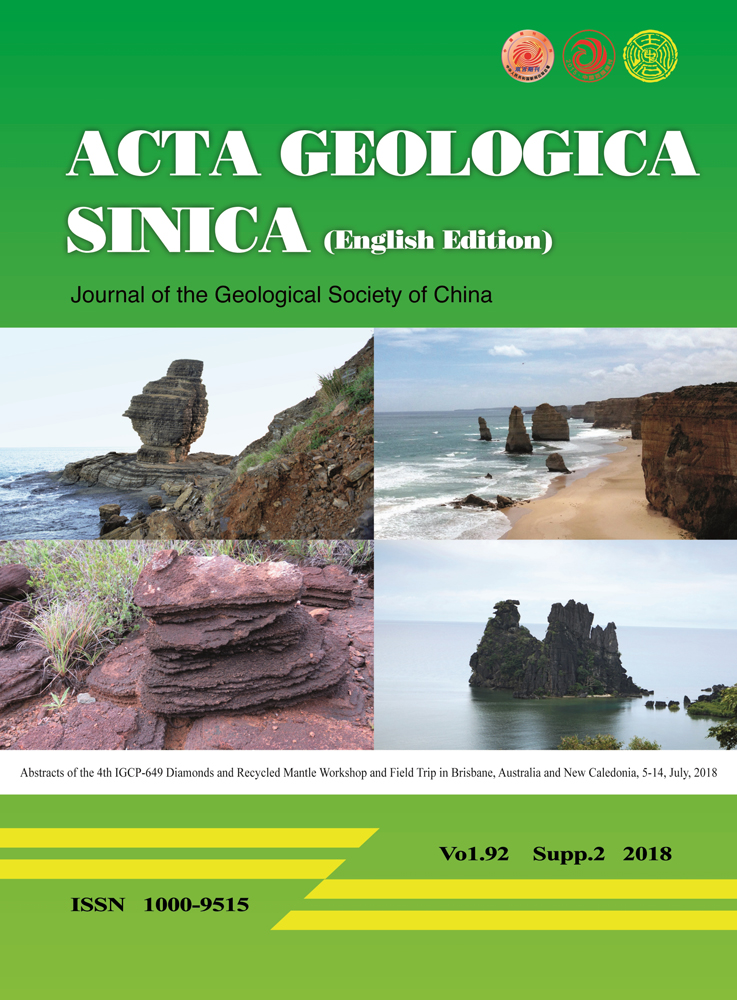Tectonic Implications of the Carboniferous Volcanic Rocks in the Eastern Junggar — Evidence from Zircon U-Pb Ages and Geochemistry
Abstract
Well Drilling shows that the volcanic rocks from the Carboniferous Batamayineishan Formation in the Eastern Junggar basin are mainly composed of volcaniclastic rocks (av. 52%) and volcanic lavas (32%), with a small amount of volcanic pyroclastic lavas (av. 11%). The volcanic lavas are basalt-basaltic andesite-andesite-dacite assemblage. The LA-ICP-MS zircon U-Pb dating of the andesite and the dacite yielded 325∼321 Ma and 310 Ma ages, respectively, which is of high agreement with the published age (300 Ma) of basalts from this Formation, it is implied that an important volcanic activity occurred in Junggar basin in the late Carboniferous. The lavas have low TiO2 and high Na2O, indicating a calc-alkaline series. Geochemical data show that they are characterized by LREE-enriched patterns with slightly negative Eu anomalies. The rocks have high large ion lithophile element (LILE), and low high field strength element (HFSE) concentrations, with strong negative Nb, Ta and Ti anomalies. From basic through intermediate to felsic, the depletions in Sr, Ti and P of the studied volcanic rocks increase gradually. These geochemical characteristics indicate that the volcanic rocks are magmatic evolution products attributed to partial melting of mantle-derived spinelle lherzolite related to oceanic subduction in an island-arc setting. In combination with the LA-ICP-MS zircon U-Pb dating, it is inferred that subduction of the Junggar Ocean in eastern Junggar basin lasted to the Late Carboniferous. Consequently, the final closure of the Junggar Ocean occurred most likely after 310 Ma.




